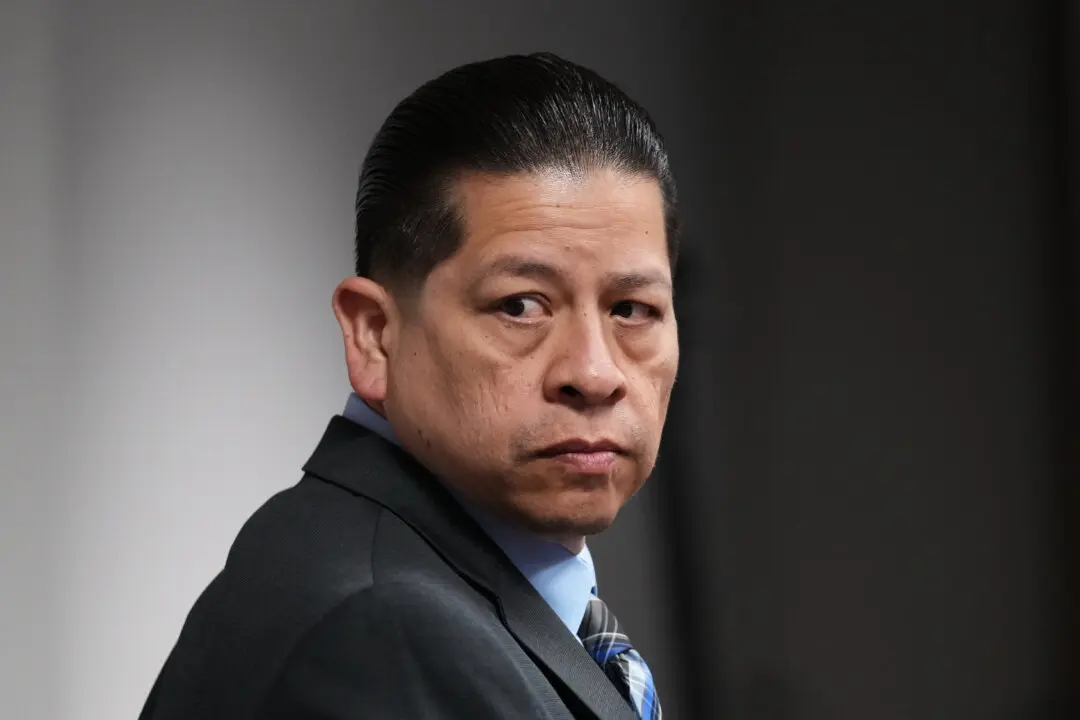ALBANY, N.Y.—Philip Sasser had a familiar, sinking feeling when he saw the yellow envelope in his mailbox. He figured that it was another past-due medical bill, but it turned out to be quite the opposite.
“I opened it, and it said these bills had been paid off,” said Sasser, of Milton, Florida. “I didn’t understand. It was out of the blue.”





